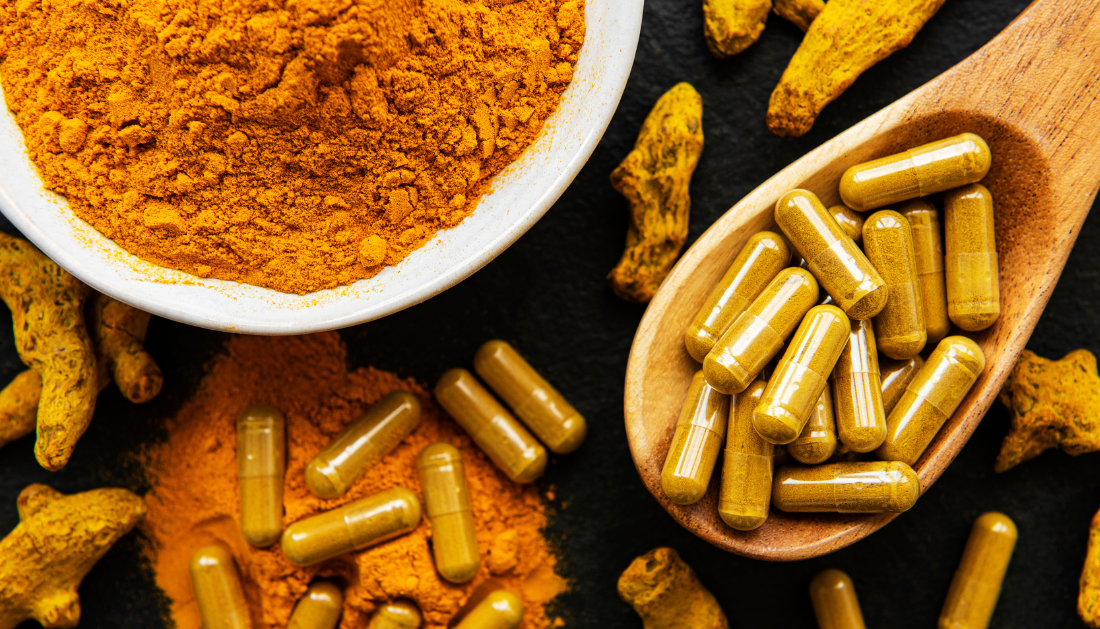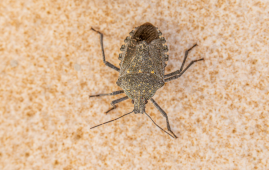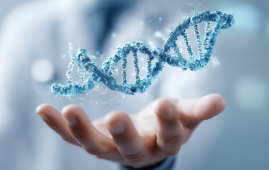

Researchers in Italy have demonstrated the neuroprotective role of curcumin nanoparticles and curcumin-containing nanoparticles in neurodegenerative illnesses in a review study that was published in the journal Foods.
Context
The hydrophobic polyphenol curcumin is present in the rhizome of Curcuma longa. Numerous biological attributes are displayed by the molecule, such as immunomodulatory, antibacterial, anticancer, anti-inflammatory, antioxidant, antiproliferative, and neuroprotective effects.
Curcumin has shown promise in treating neurological illnesses such as prion disease, multiple sclerosis (MS), Parkinson’s disease (PD), Alzheimer’s disease (AD), Huntington’s disease (HD), and amyotrophic lateral sclerosis (ALS) due to its pharmacological characteristics.
Explore the latest advancements in the neurological disorders at the upcoming Global Neurology Summit 2024 which will take place Oct 19-20, in Anaheim, California.
Numerous signaling pathways linked to the onset of neurodegenerative disorders, such as nuclear factor-erythroid 2-related factor 2 (Nrf2), serine/threonine kinase AKT, and transcription factor nuclear factor-kB (NF-kB), have been observed to be modulated by curcumin.
Curcumin’s low water solubility, poor stability, fast metabolism, sluggish absorption rate, low bioavailability, and reduced capacity to pass the blood-brain barrier, however, limit its therapeutic applicability.
To address these drawbacks, curcumin-loaded biomimetic nanomedicines made with extracellular vesicles and cell membranes have been produced. Red blood cell membranes have been used to modify the surface of poly(lactic-co-glycolic acid) (PLGA) nanoparticles loaded with curcumin, in an effort to enhance drug release.
Exosomes laden with curcumin have been created to improve their blood-brain barrier-crossing capacity and enable more effective medication delivery to the brain in order to treat malignant gliomas in mice.
To improve curcumin distribution in the brain, a variety of nanocarriers have been employed, such as liposomes, micelles, dendrimers, cubosome nanoparticles, polymer nanoparticles, and solid lipid nanoparticles. Brain-specific ligands have been added to the surface of nanoparticles using chemical methods, enabling curcumin to be delivered to specific areas of the brain with little side effects.
PD’s use of curcumin nanoparticles
The substantia nigra loses dopaminergic neurons, which results in Parkinson’s disease (PD). The two main characteristics of Parkinson’s disease (PD) are brain dopamine insufficiency and α-synuclein aggregation formation.
Adamantine, β-blockers, monoamine oxidase type B (MAO-B) inhibitors, dopamine prodrugs, and dopamine agonists are the standard treatments for Parkinson’s disease (PD). On the other hand, extended usage of these medications has been linked to unfavorable side effects.
Nanoformulations of curcumin are becoming a viable adjuvant treatment for Parkinson’s disease. Numerous nanoformulations have been found to reduce oxidative stress, brain cell death, and protein aggregation in animal models of Parkinson’s disease (PD). These formulations include alginate-curcumin nanopreparation, lactoferrin nanoparticle curcumin, curcumin- and fish oil-loaded spongosome and cubosome nanoparticles, bovine serum albumin-based nanocurcumin formulation, and curcumin- and piperine-loaded glyceryl monooleate (GMO) nanoparticles.
AD is caused by the build-up of tau and β-amyloid misfolded proteins in the brain’s neurofibrillary tangles, which results in curcumin nanoparticles.
Curcumin has been discovered to have anti-inflammatory, neurogenesis-promoting, and misfolded protein accumulation-inhibiting properties as a treatment agent for AD. Curcumin-encapsulated biodegradable PLGA nanoparticles have been shown to decrease oxidative stress and inflammation and promote protein disaggregation in in vitro cell culture models of AD.
Curcumin-loaded brain-targeted nanoparticle PLGA-block-poly-ethylene glycol has been shown to lower tau phosphorylation and β-amyloid levels while enhancing spatial learning and memory in a transgenic animal model of AD.
HD and curcumin nanoparticles
A mutation in the Huntington gene (HTT) causes HD, an autosomal dominant hereditary condition. The illness is typified by a steady loss of brain nerve cells, which impairs motor and cognitive function and causes psychological symptoms.
Curcumin-encapsulated solid lipid nanoparticles have been observed to enhance mitochondrial activity, decrease mitochondrial swelling, produce fewer free radicals and lipid peroxidation, and raise levels of both enzymatic and non-enzymatic antioxidants in rat models of HD.
Solid lipid curcumin nanoparticles have been shown to enhance learning memory, dendritic arborization, and dendritic spine density in a transgenic mouse model of HD.
Curcumin nanoparticles in ALS
The gradual loss of nerve cells in the brain and spinal cord is the cause of ALS. The only known therapy for AL that increases patients’ survival during the early stages of the illness is riluzole.
It has been discovered that mesenchymal stromal cells in the spinal cord of ALS patients enhance neural protection and repair dead motor neurons. The therapeutic benefits of mesenchymal stromal cells have been reported to be enhanced by curcumin-loaded inulin-D-α-tocopherol succinate micelles.
MS-related curcumin nanoparticles
The myelin layer protecting nerve fibers in the brain and spinal cord is harmed by multiple sclerosis (MS), an inflammatory autoimmune disease. As of right now, there is no treatment for this illness.
Because of its anti-inflammatory, anti-proliferative, and antioxidant qualities, curcumin is a viable option for treating multiple sclerosis. Curcumin therapy has been shown to block interleukin 12 (IL-12), which is responsible for myelin degradation in animal models of multiple sclerosis.
In MS mice, it has been discovered that curcumin dendrosomal and polymerized nanocurcumin particles cause neuron remyelination. It has also been discovered that curcumin dendrosomal nanoparticles stimulate oligodendrogenesis.
Nanoparticles of curcumin in prion disease
Proteinaceous infectious particles known as prions are responsible for the deadly familial insomnia, Kuru Disease, and Creutzfeldt-Jakob Disease in humans. Disease onset can occur when normal prion protein is transformed into its infectious variant.
It has been discovered that curcumin prevents the production of prion fibrils and the transformation of normal prion protein into its infectious form.
For more information: Neuroprotective Effects of Curcumin in Neurodegenerative Diseases, Foods, https://doi.org/10.3390/foods13111774
more recommended stories
 Iron Deficiency vs Iron Overload in Parkinson’s Disease
Iron Deficiency vs Iron Overload in Parkinson’s DiseaseKey Takeaways (Quick Summary for HCPs).
 Rising Chagas Parasite Detected in Borderland Kissing Bugs
Rising Chagas Parasite Detected in Borderland Kissing BugsKey Takeaways (At a Glance) Infection.
 Can Ketogenic Diets Help PCOS? Meta-Analysis Insights
Can Ketogenic Diets Help PCOS? Meta-Analysis InsightsKey Takeaways (Quick Summary) A Clinical.
 Ancient HHV-6 Genomes Confirm Iron Age Viral Integration
Ancient HHV-6 Genomes Confirm Iron Age Viral IntegrationKey Takeaways for HCPs Scientists reconstructed.
 Silica Nanomatrix Boosts Dendritic Cell Cancer Therapy
Silica Nanomatrix Boosts Dendritic Cell Cancer TherapyKey Points Summary Researchers developed a.
 Vagus Nerve and Cardiac Aging: New Heart Study
Vagus Nerve and Cardiac Aging: New Heart StudyKey Takeaways for Healthcare Professionals Preserving.
 Cognitive Distraction From Conversation While Driving
Cognitive Distraction From Conversation While DrivingKey Takeaways (Quick Summary) Talking, not.
 Fat-Regulating Enzyme Offers New Target for Obesity
Fat-Regulating Enzyme Offers New Target for ObesityKey Highlights (Quick Summary) Researchers identified.
 Spatial Computing Explains How Brain Organizes Cognition
Spatial Computing Explains How Brain Organizes CognitionKey Takeaways (Quick Summary) MIT researchers.
 Gestational Diabetes Risk Identified by Blood Metabolites
Gestational Diabetes Risk Identified by Blood MetabolitesKey Takeaways (Quick Summary for Clinicians).

Leave a Comment